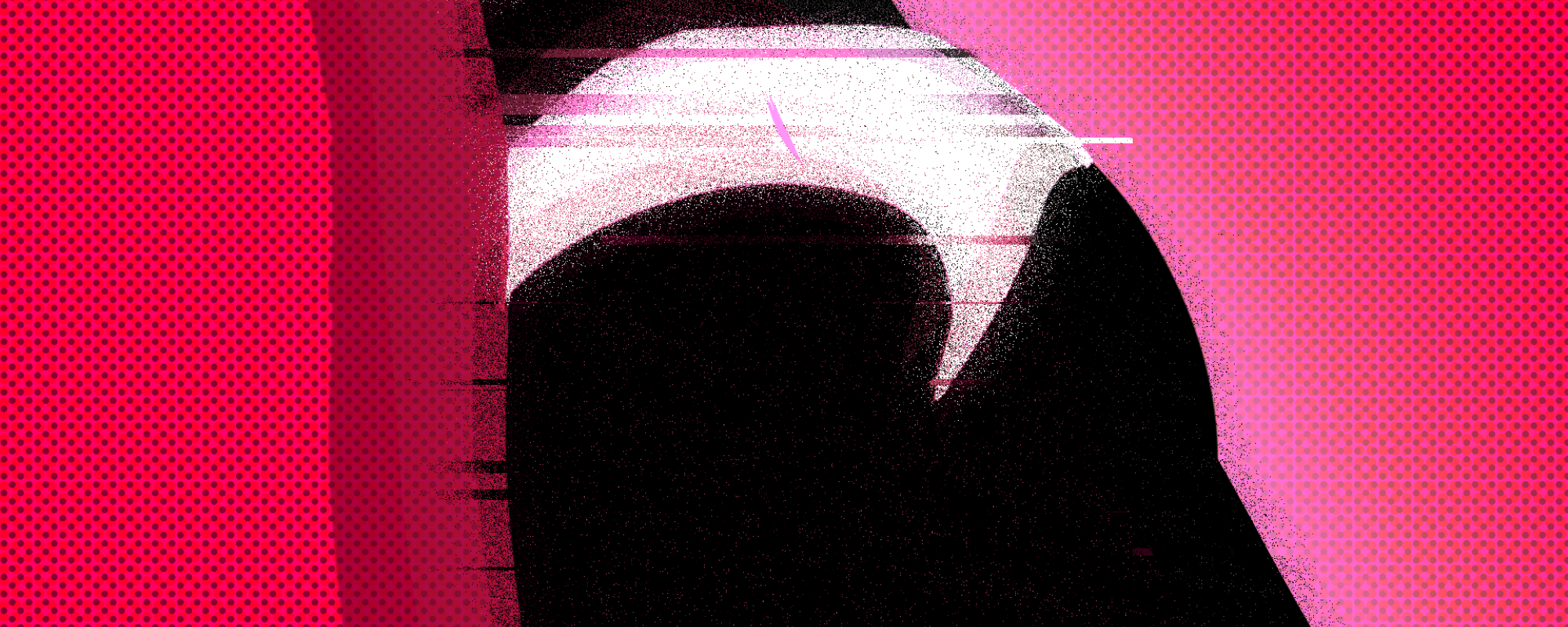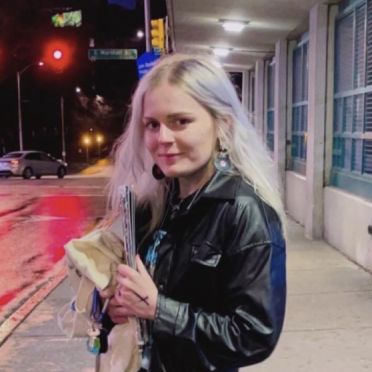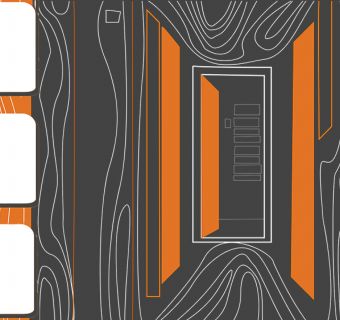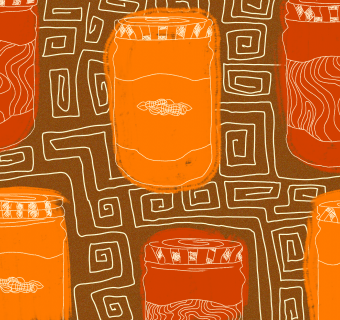It’s 2014. Nicki Minaj’s big booty anthem “Anaconda” hits the radio alongside Jlo and Iggy Azalea's collab “Booty” and Kim Kardashian’s oiled ass on the cover of Paper Magazine just broke the internet. It’s 2014, the year of the ass, and they’re everywhere. But not just any ass. All of these famous derrieres, with the exception of Jenny from the Block, have something likely in common. It’s perhaps likely that their voluptuous rear-ends are not from their mothers but the end result of a BBL.
The Brazilian Butt Lift, colloquially referred to as a “BBL”, is a procedure where a surgeon harvests fat from other parts of the body through liposuction (often the abdomen and flanks) and reinjects the fat into the buttocks and hips which augments the buttocks to the patient's desired shape and size.
The over 50 year old procedure found a rise in popular culture during the 2010’s. Since 2014, BBL’s have become akin to a uniform for instagram baddies and celebrities. Due to the shift of the female body standard, societal acceptance of cosmetic surgery, and greater accessibility to the procedure, many regular people also began to go under the knife.
However, as we enter a new decade, beauty standards (as they always do), are shifting into a different direction. Many celebrities, those who seemingly grew large backsides overnight have supposedly reduced their size within the past year as new cosmetic surgery and fashion trends emerge.
Perhaps the age of the BBL is coming to an unceremonious end after a very controversial reign.
Here are 5 signs that the BBL era might be over.
1. The return of the 2000’s
The decade known for its low-rise jeans, chunky highlights, and pants over dresses, has moved to the forefront of inspiration for early 2020’s fashion trends. But this reemergence begs the questions: Will this current take on the decade’s fashion repackage the body standards of that era?
The 2000’s championed thinness, and the fashion showed it. Back then it was more about the body that wore the clothes than the clothes themselves. The perfect example of this? The infamous low-rise jeans that were often if not always paired with a flat stomach and more petite derriere, when advertised. Now that our current fashion landscape is going low-rise all over again, it's no surprise that a thinner female body ideal has emerged in place of the “slim thick influencer.”
2. The Kardashians are White again
Truthfully, they’ve always been, but during the 2010’s they seemingly didn’t think so. Kim Kardashian often remains the one credited for shifting the mainstream body standard into a more curvaceous one, especially when it comes to the size of one’s rear end. However, Kim and Khloe, the two Kardashian's most known for sporting noticeably augmented backsides (allegedly, but honestly we all have eyes) have since downsized their behinds within the past year or two, sporting a much slimmer figure in all areas as a result. All of which has caused many to dub their transformations as a great “return to whiteness” given their past appearances that vied for ethnic ambiguity and alignment with the stereotypical black female body which includes a curvaceous figure with a big butt, small waist, and full lips.
And now, finally, the jig is up. The Kardashians’ appearance seems to have returned to a traditional standard of “white beauty” that champions thinness, fair skin, and a very proportionate, if not small backside. Kim no longer maintains her dark tan, has reduced lip fillers and has reduced her BBL as have other members of the Kardashian Jenner family.
Could it be that they no longer see the social and economic capital in appropriating and aligning themselves with black culture? Does Kris Jenner work harder than the Devil himself? Is water wet? Very likely.
Either way, the Kardashian’s “downsizing” could possibly indicate a looming shift within mainstream body standards, especially amongst non-Black and Brown communities - a shift that’ll perhaps leave behind the BBL as we’ve come to know it.
3. Horror Stories
Although increasingly accessible, the BBL procedure remains quite expensive, ranging from $2,000 - $12,000. Many travel to different countries or to low-quality facilities in the name of BBL affordability. Doing so has resulted in increasing rates of health-related procedural complications post-operation and even during the procedure. Many have experienced botched BBL’s, meaning the procedure resulted in disfigurement or an undesirable appearance of the augmented area. Some have suffered health complications like tissue necrosis, blood clots, fat embolisms, swelling, pain, sepsis, and have even died from the procedure.
Like any procedure BBL’s come with risk. However the rise of transparency online from BBL recipients about their complications has caused many to question if having a fat ass really is potentially worth their life.
4. Oversaturation and regret
Once the BBL trend hit a mainstream audience, more people went under the knife for the procedure. However, since cosmetic surgery often remains an indicator of class distinction, the fact that many have received the procedure or have the ability has weakened its perceived exclusivity. We’re at peak BBL trend verging on oversaturation, because, honestly, if everyone has a fat ass, does anyone else?
Many people, although initially happy with the procedure's results, now regret their decisions - especially people who got BBLs during early adulthood, when the body hasn’t yet completed its developmental changes. Additionally, BBL’s require procedural and lifestyle maintenance. Post-op, patients are commonly advised to “feed the fat,” to maintain the size of their new backside and shape. Therefore, the patient must eat enough calories to properly sustain the freshly injected fat grafts. Like many cosmetic procedures BBLs can require surgical maintenance over time, making it a costly investment in the long run - something many people can’t afford, even if they’re able to afford the initial surgery.
5. The Skinny BBL
Although the BBL era might be coming to an end, it could be argued that the BBL isn't completely dead, but rather is merely, perhaps ironically, taking on a new shape. The Skinny BBL, also known as the “country club” BBL, is still the same procedure but with a smaller fat transfer. People still receive the butt-enhancing procedure, but with the goal now of a minimal enhancement, as opposed to a complete, peak-trend BBL transformation. The desired BBL look of the moment seems to be one that looks more natural, less obviously artificially-enhanced.
Even as the BBL fades away, plastic surgeons don’t have to file for bankruptcy – there are still plenty of individuals willing to pay for a more natural booty.









